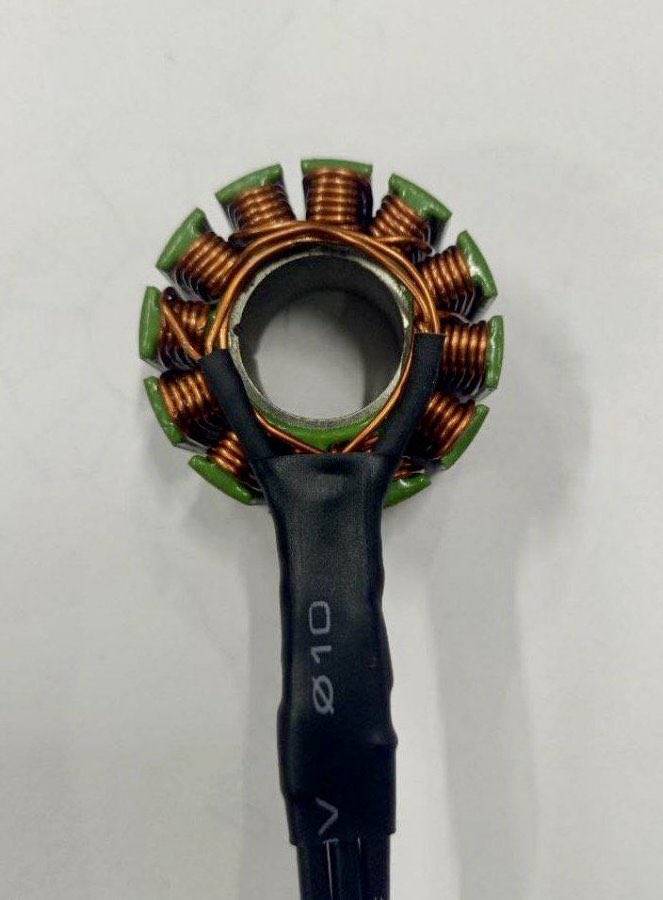Now a sixteen-antenna circular CRPA satellite navigation system has been recovered from a Russian “Shahed-136” UAV.
This device may have considerable resistance to Ukrainian GPS/GLONASS electronic warfare jamming.
1/


This device may have considerable resistance to Ukrainian GPS/GLONASS electronic warfare jamming.
1/
https://twitter.com/grandparoy2/status/1902796434640080943



Ukraine has made significant progress in jamming the 8-antenna “Cometa-M” CRPA, when it is mounted on UMPK heavy glide bomb kits.
2/
2/
https://twitter.com/grandparoy2/status/1895059483841437971
A 12-antenna version of the “Cometa” system was first seen a month ago.
3/
3/
https://twitter.com/grandparoy2/status/1891444594895728869
The CRPA antenna exploits the fact that a GPS satellite signal and a ground based jamming signal arrive from different directions.
It consists of an array of antennas that measure the direction and time of arrival of different signals, so a jamming signal can be filtered out.
4/
It consists of an array of antennas that measure the direction and time of arrival of different signals, so a jamming signal can be filtered out.
4/

• • •
Missing some Tweet in this thread? You can try to
force a refresh






















